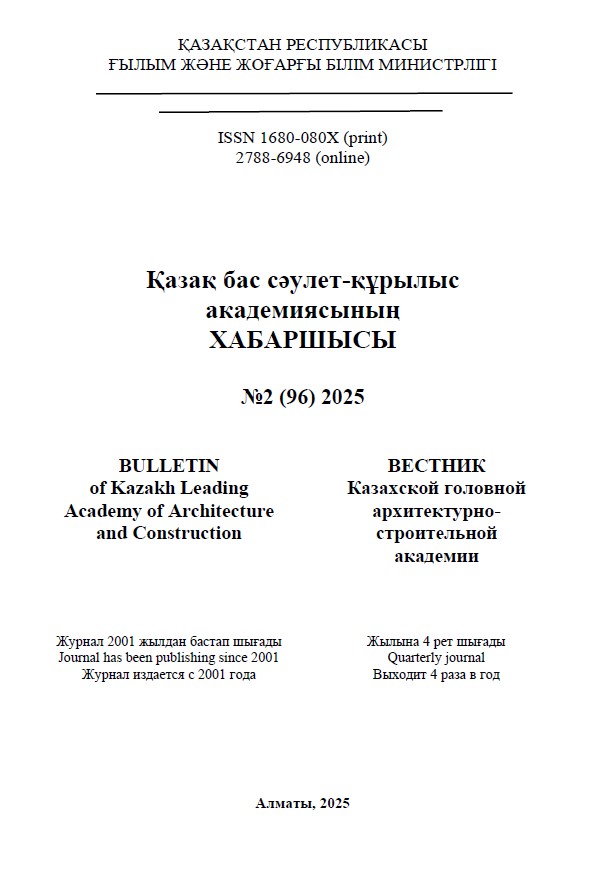Abstract
The growing demand for industrial and logistics infrastructure has intensified the need for efficient and economically viable structural systems, particularly in crane runway applications. Welded I-beams with corrugated webs have emerged as a promising alternative to conventional flat-web designs, offering notable advantages in terms of production efficiency, weight reduction, and structural performance. This study investigates the technological strategies involved in manufacturing such beams, with a focus on minimizing labor intensity and material usage through process optimization. A comparative analysis is conducted between beams with flat and corrugated webs, drawing upon experimental data and practical observations from automated production lines. The research highlights the implementation of rotary corrugation machines, automated welding stations, and mechanized assembly platforms. A key innovation lies in eliminating transverse stiffeners, made possible by the enhanced out-of-plane stability provided by the corrugated profile. This not only reduces the number of fabrication steps but also contributes to overall simplification of the production workflow. The findings indicate that the use of corrugated webs results in a weight reduction of up to 6.9%, depending on the design load, and a decrease in labor intensity by up to 40% when compared to traditional flat-web I-beams. These improvements are achieved without compromising structural integrity or regulatory compliance. In conclusion, the study demonstrates that corrugated web beam technology is a viable solution for modern steel construction. It enhances productivity, lowers manufacturing costs, and supports broader adoption of efficient beam systems in industrial and civil engineering contexts.


